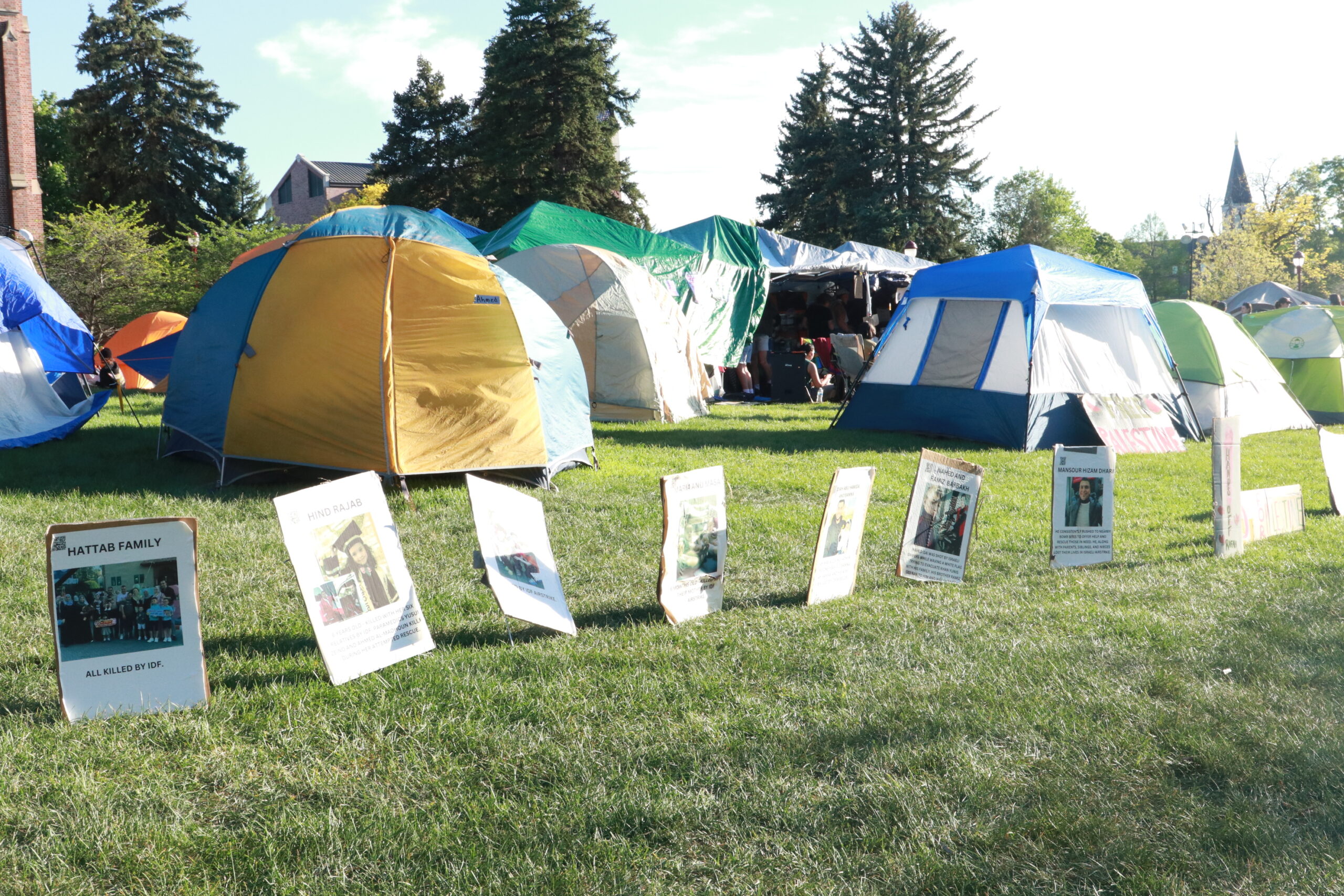Students and community members have called into question DU’s policies and procedures for snow and ice removal given above-average snowfall thus far this winter season and an additional three snowstorms forecast for this week, according to weather.com.
Approximately 53 inches of snow, which is measured in Denver City Park, already fell on Denver this year. The accumulation is more than double the 22.8 inches accumulated last winter.
According to the snow plan found on the facilities management and planning website, regardless of the amount of snowfall, it is university policy “to have major parking lots, sidewalks, handicap ramps and pathways to main building entrances cleared by 8 a.m. on weekdays and weekends when classes are in session.”
“Each storm is a little different,” said David Snyder, the director of campus operations. “We have a number of plows and each has a given assignment.”
According to senior Brandon Meagher, some students are concerned and frustrated with the snow drifts building around campus.
“The snow’s been worse this year than others,” said Meagher. “You encounter intersections with two foot sections of ice and snow that you bottom out on, and still the snow just keeps building if not plowed in time.”
Snow is cleared in a set priority to provide maximum access to campus facilities. This includes snow routes from Centennial Towers on the north end of campus and routes on the southernmost academic and administrative bulidings.
“I imagine that high traffic areas are cleaned up first,” said DU’s risk and insurance analyst Andrew Stephenson.
Stephenson said the university “is not responsible for any roadways.”
“The streets themselves are city property. Officially, we are not responsible for those areas,” said Stephenson. “It’s a big concern. [The city] does what it can, they’re supposed to maintain, cleaning major roadways and the center of streets.”
According to Denver Public Works snow removal plan, when the city receives 12 inches or more of snow accompanied by prolonged periods of freezing temperatures, 4×4 plows may be deployed to clear streets.
“With snowfall like today, in this climate, with the wind and with snow and ice building no matter how much we plow, there will always be problem areas,” said director of risk management Ellen Shew Holland. “We strive to do the best we can.”
According to the online snow plan, DU community members’ snow and ice concerns “should be treated as an emergency requests.”
“If we see or hear something, we let campus safety know and investigate immediately,” said Holland.
Snyder also said the most frequent complaints come from locations that do not fall under DU’s responsibilities.
“Girls in sororities that have to cross alleys to get to their cars, I don’t have a lot of control over, and in a big storm they get stuck,” said Snyder.
He also said there were “hot spots” that develop on campus.
“A lot of times we get complaints around hand rails when snow melts on stairs,” said Synder. “Simple things like that [are] areas that do get overlooked.”
Despite increased snowfall this year, Snyder said he hasn’t “heard of any injuries on campus.”
Stephenson said the university is no less safe in terms of slips and falls this year than in the past.
“I can tell you anecdotally, one of our doctors said they haven’t seen any more [injuries] this year than any other,” said program director for health promotion at DU’s Health and Counselling Center Julie Weissbuch-Allina.
“I don’t have annual numbers,” said Stephenson. “Beyond that, any claims information that we would have isn’t something we would share, for several reasons including medical regulations.”
Holland said if a fall on campus results in an injury, each claim is handled on a case-by-case basis.










